When it comes to driftwood and stones, which are natural layout materials, it is apparent that no two are ever the same. It is therefore advisable to purchase your desired size and shape of layout materials when you happen to find them. An important point in selecting layout materials is to place top priority on the size that fits your aquarium tank and then on the shape. Another thing to note is to get to know the characteristics of each layout material before actual purchase because different types of materials have different impact on the aquarium water quality. Beautiful planted aquarium begins with selection of layout materials. What do you choose for yourself today?
Getting Tannins Out of Driftwood Is Not Required
Discoloration of aquarium water due to tannins leached from driftwood can be resolved gradually through repeated water change. Tannins are derived from humic acid and will not give negative impact on living beings in aquarium just with its naturally leached amount.
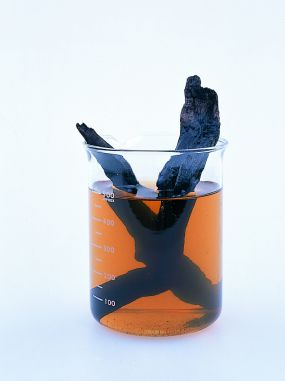
It is impossible to get tannins out of driftwood completely even by boiling the wood
Fungus and Buoyancy Immediately After Setting
Driftwood may grow white fungus immediately after it is placed in aquarium. This fungus can be removed with a brush or small hose. If driftwood remains buoyant, place a stone on the wood as a weight for about one week.
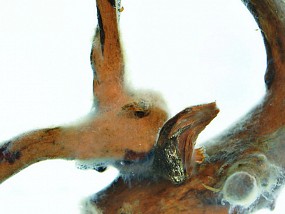
White fungus is often seen on Branch Wood and Slim Wood.
Total Hardness Tends to Increase with Ryuoh Stone
In planted aquarium where CO2 is supplied, calcium usually leaches from stones and causes frequent rise in total hardness. This is particularly remarkable with Ryuoh Stones and therefore growing aquatic plants may be slightly difficult with this stone.
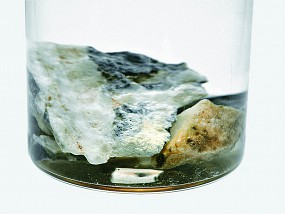
A large white portion on the stone does not lead to a substantial rise in total hardness.
Have Various Sizes of Stones Ready for Layout
It is important to have various sizes of stones to create an Iwagumi layout consisting of the largest Oyaishi (the main stone), Fukuishi (secondary stones), Soeishi (tertiary stones) and Suteishi (sacrificial stones). The stones in each size group should have a similar texture. Choose these stones from as many options as possible.
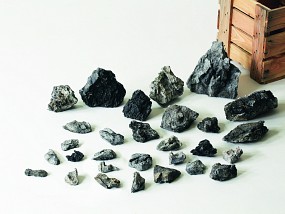
Having various sizes of stones gives greater latitude for the expressions of planted aquarium.
Slim Wood
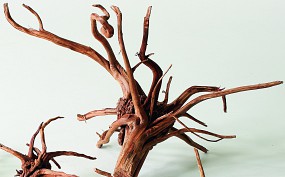
Features multi-pronged slim branches. The majority of this wood is small in size.
Horn Wood
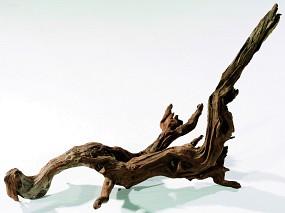
You need to combine more than one piece of wood in a good balance. Tannins leach out of this wood.
Branch Wood
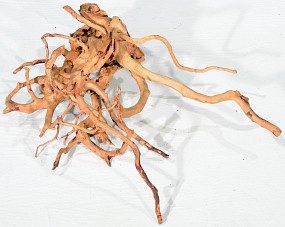
Branch Wood is driftwood having an attractive shape and easy to use for layout beginners. Need to control fungus and buoyancy.
Unzan Stone
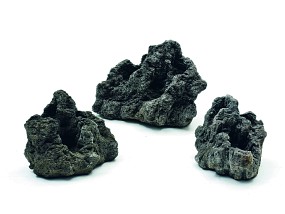
This mountain-like volcanic stone has pockets to place Wabi-kusa inside. It looks appealing just by being placed in an aquarium.
Kei Stone
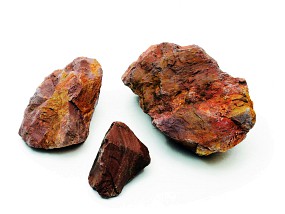
Featuring its reddish color, Kei Stone stands out in green-color aquatic plants.
Koke Stone
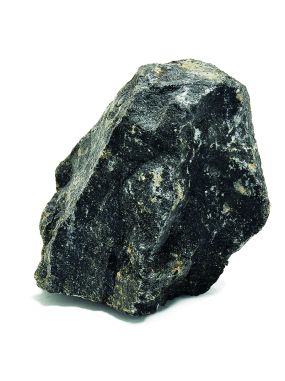
Koke Stones rough surface helps epiphytic plants such as Vesicularia "Christmas Moss" take root smoothly.
Sansui Stone
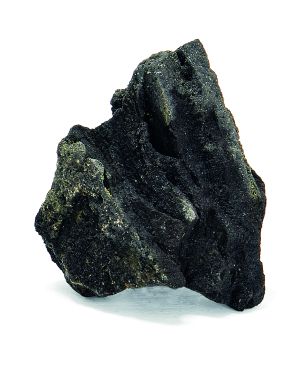
Sansui Stones produces an image of landscape in Sansui paintings with its unique layered cross section. It is a volcanic stone just like Koke Stones.
Yamaya Stone
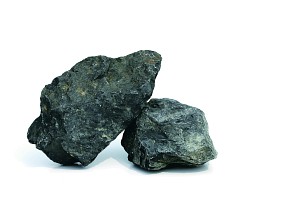
Affordable price is one of the attractive features of this stone. How to use this stone depends on your creative idea.
Ryuoh Stone
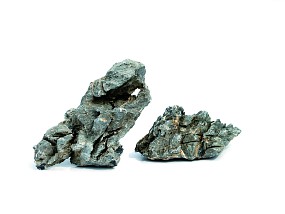
Ryuoh Stones has amazingly diverse figure variations with white lines and grooves on its surface.
Manten Stone
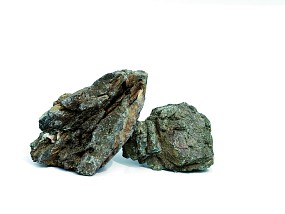
Featuring attractive rugged shape, Manten Stone is the most classic popular stone among ADA’s stone products.
Source and Copyright of the article/photos - Aqua Design Amano - ADA